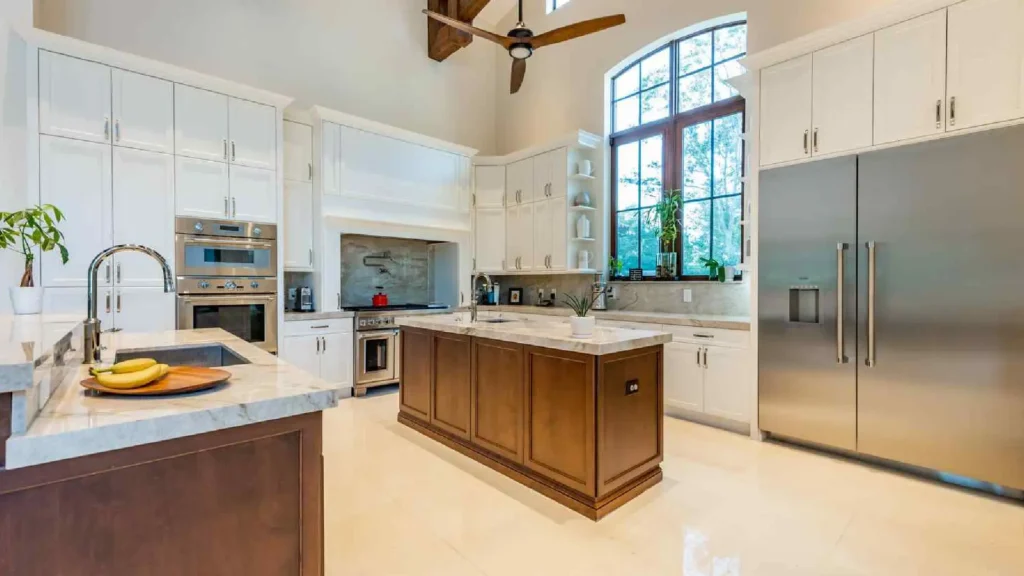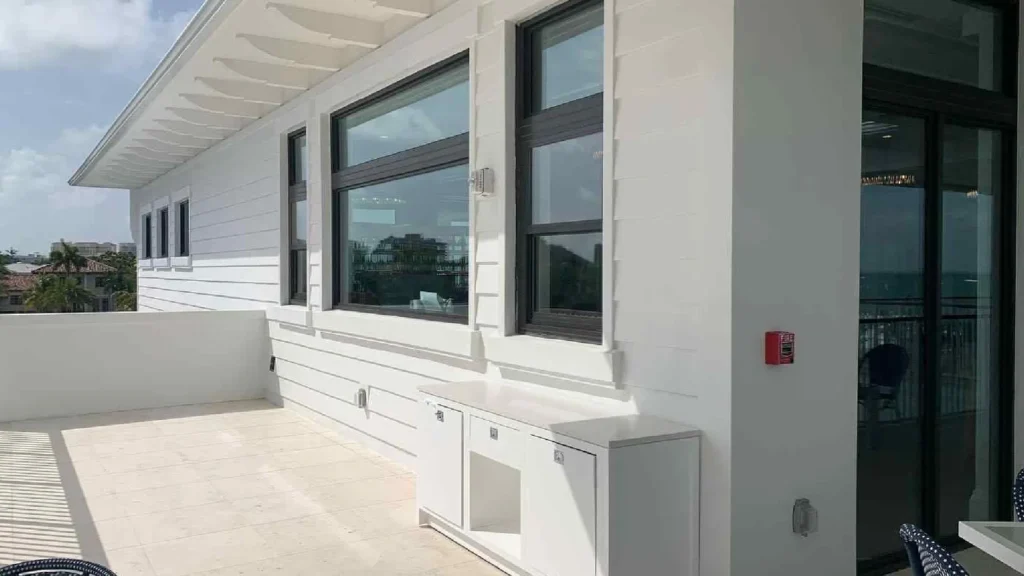Many homes in Miami, Florida, use hurricane windows to stay safe during tropical storms and hurricanes. To choose the right ones, it’s important to understand their ratings. These ratings show how well the windows can handle strong winds and impacts. The higher the rating, the better the protection—after all, it’s better to be safe than sorry. Learning about these ratings helps buyers make smart choices.
As a homeowner, if you are wondering, ‘Are there different grades of impact windows?’, the answer is yes, and that is why you have to go for the one that offers sufficient protection. Whether it is the design pressure or the performance grade, you must consider many factors when looking for the glass quality. There are distinct differences of the impact windows when compared to the traditional glass windows and these are the basics that need to be understood.
The hurricane windows are manufactured with specially treated glass so that it doesn’t break loose or shatter from the frame of the window when there is a hurricane or a violent storm. It is worth mentioning that the glass may still be shattered when airborne objects because of the powerful winds strike them, but the impact window has a design that keeps it intact. If you are planning to buy one, you need to understand the window impact rating scale, so that you can make an informed decision.
There is a difference between the hurricane and the regular windows regarding resilience and construction. The main purpose of a regular window is to provide light, views, and ventilation, but its resistance to impact is minimal. On the other hand, the hurricane window has a reinforced frame, and its impact-resistant glass can withstand high winds and flying debris. The hurricane level chart can help classify these windows so that you can judge their strength according to the speed of the wind.

This type of rating shows how well an impact window can handle high wind pressure. It includes three key factors: structural load (how much force the window can bear), air infiltration (how much air can pass through), and water infiltration (how well it prevents water leaks). On the hurricane level chart, a higher rating means the window performs better in these areas, offering greater protection during storms. This makes it easier to choose the right window for your needs.
The main purpose of developing these ratings was to promote or encourage the true measurements of the efficacy of the impact windows. The PG rating has to meet all three criteria and there are no exceptions, while the DP ratings can meet two or three of the criteria.
One needs to have a look at the impact window glass thickness chart. If the rating of the impact window is 40, and it meets two of the three criteria, then there are chances that there will be a lower score for the window.

As a homeowner, if you want to have hurricane windows, the best way to understand how well these windows will perform is to ask whether they are capable of meeting the Florida Building Code Standards for hurricane zones that are of high velocity. You can go for the window wind ratings to understand how strong a window is. The best way for you is to make sure that you invest in windows that are hurricane-rated.
As there is a threat of hurricanes in Miami, Florida, the hurricane windows come with high standards. This way, the homes are protected from any damages, and the insurance costs are lower for the homeowners. Because of Hurricane Andrew, the majority of homes in Miami-Dade need the Miami-Dade impact window ratings of a minimum of +/- 60 to protect against strong hurricanes. Therefore, you need windows that can withstand the most formidable storms.
There is a misunderstanding among many that a regular window can be strengthened or coated to become resistant to hurricanes. If you live in Miami, Florida, then you must have an idea of the hurricane window ratings. A window known to be hurricane-rated has to be has to undergo testing to make sure that it can withstand flying debris and brutal winds. Other than that, if you want the hurricane window to perform at its best, then proper installation becomes crucial so that you can have peace of mind.
When going for the window wind ratings, you have to consider a few factors. These include the condensation resistance, air leakage resistance, U-factor as well as the R-value. This will give you a good idea regarding how strong the window is and what are your needs.
The design of the impact window is created in such a way that is capable of withstanding different weather conditions. So, whether it is a Category 5 hurricane, heavy hail, flying debris or windows of up to 160 mph, these windows are the best option. For more assistance, you can also have a look at the impact window glass thickness chart.
If you can see the presence of a permanent mark on the window on the glass corner, then you will be able to identify it as a hurricane window. Normally, this mark is frosted and distinguishes an impact-resistant window from a regular one.
Yes! Impact windows are made to handle strong winds, usually between 150 to 200 mph. They are built to protect your home during hurricanes and from flying debris.